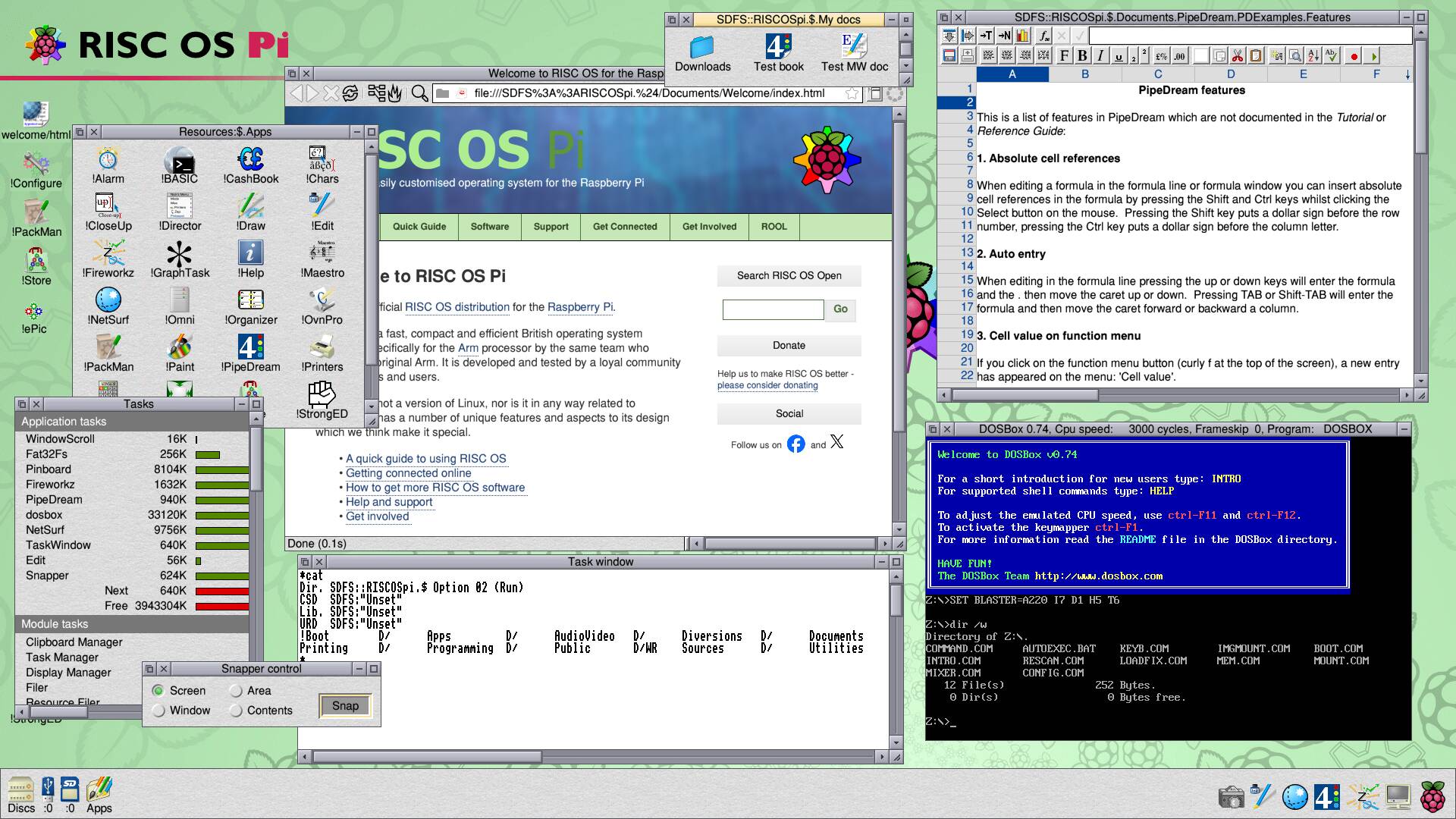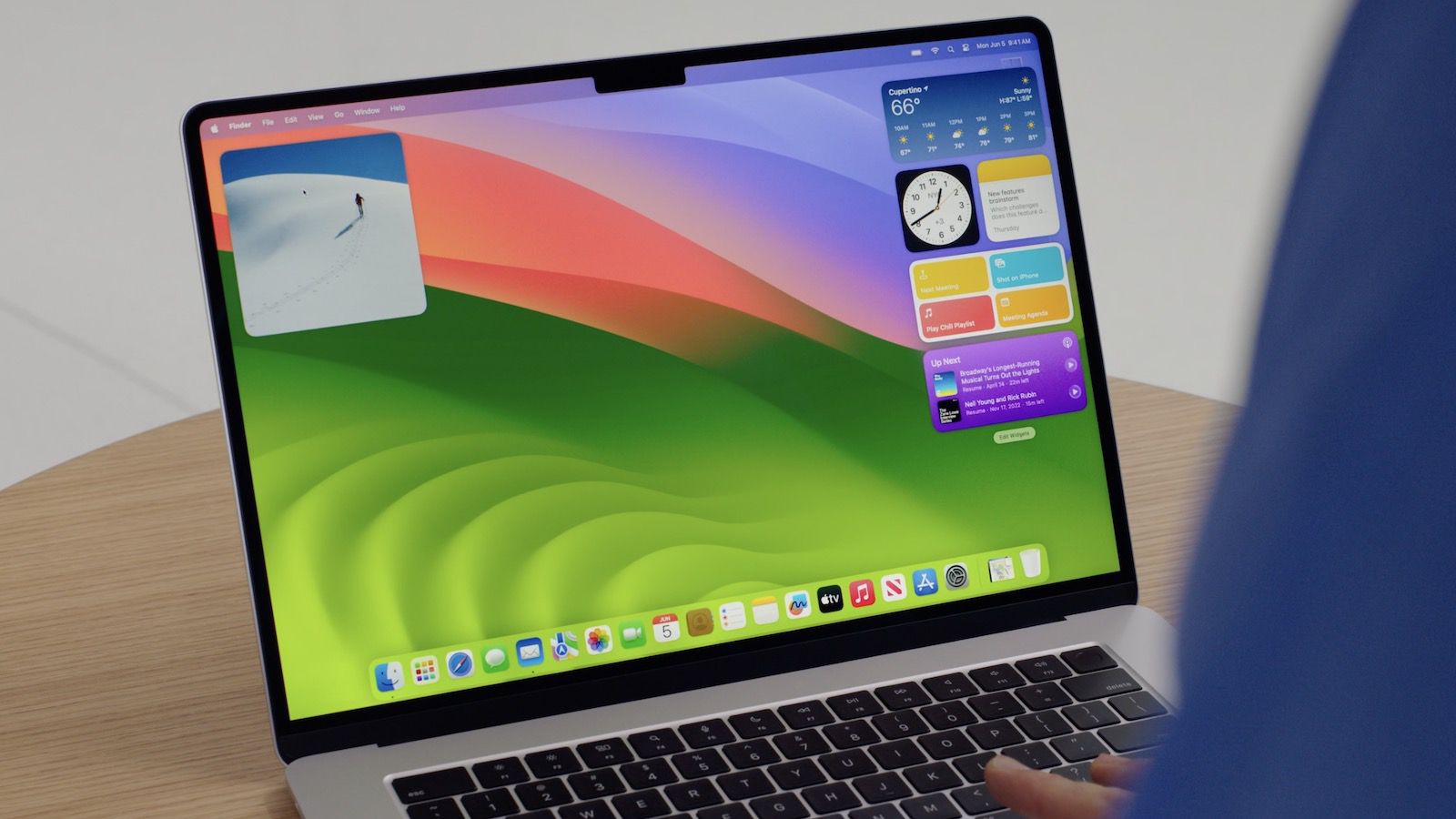
Key Takeaways:
- The billion-row challenge demonstrates Python’s efficiency.
- Python can handle large data sets at remarkable speed despite not being known for top performance.
- Python’s practical application in the world of big data processing
When you consider the dynamics of the programming world, the Python programming language may not be the first one to come to mind regarding impressive speed or high performance. However, this versatile language recently passed a significant milestone, shattering assumptions about its capabilities. This milestone, referred to as the “billion-row challenge,” has Python tapping into latent potential, reducing its processing time from nearly 10 minutes to a breathtaking 4 seconds.
### Python’s Journey to One Billion Rows
Although Python is not reputed as the fastest programming language, it has proven its mettle by sailing through the one billion-row challenge. The challenge essentially involved Python iterating over a massive data set of 1 billion rows with swift finesse. This accomplishment is a grueling test that both measures the programming language’s capacity and underscores its proficiency handling voluminous amounts of data.
Python’s exploit in the billion-row challenge has thrown the spotlight on its aptitude to swiftly handle big data. In the realm of data science and big data analytics, dealing with such vast pieces of data sets is commonplace.
### Python’s Important Role in the World of Big Data
It would be an understatement to say that Python simply survived the challenge. It prevailed. Python’s acquisition of quicker processing time in the billion-row challenge signifies its evolving role in the world of big data. In contemporary times, Python is increasingly being used by industry professionals for solving complex data-related tasks. It is a practical choice, considering the high-performant Python ecosystem populated with robust frameworks and libraries for data analysis, manipulation, and visualization.
Python’s remarkable reduction in processing time from 10 minutes to a swift 4 seconds underscores its viability in creating more streamlined data operations. It contributes significantly to improved efficiency and productivity, especially when time is a crucial factor.
### Conclusion
Cracking the one billion row challenge has reinforced Python’s position as an efficient language for handling staggering amounts of data. Not only has this achievement showcased Python’s proficiency but it has also set a benchmark for other programming languages to boot.
While Python might not be the most performant language, it has certainly demonstrated that it’s more than capable of handling robust applications in the high-speed, data-intensive modern world. With its ability to simplify and accelerate data handling tasks, Python continues to affirm its value in data science and other big-data-processing realms.







/cdn.vox-cdn.com/uploads/chorus_asset/file/25429570/Rabbit_R1_top.JPG)
